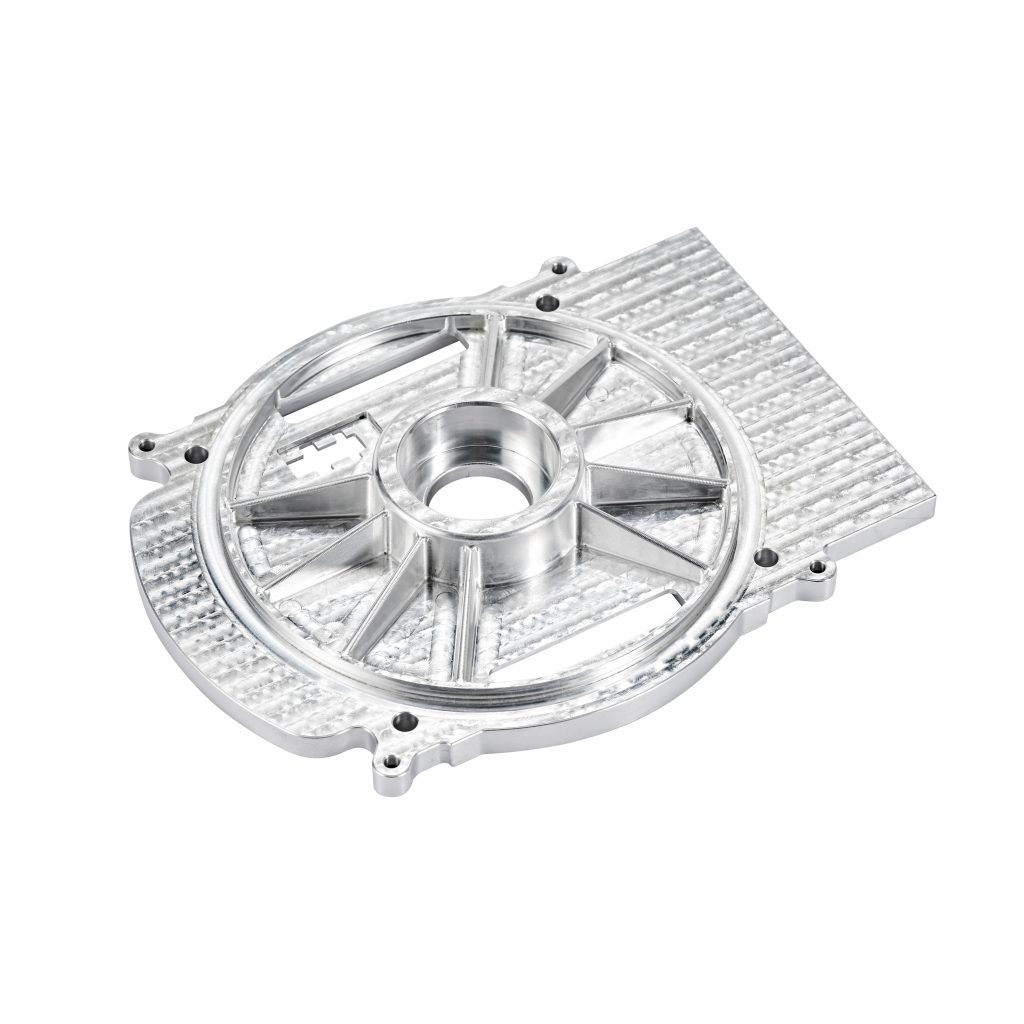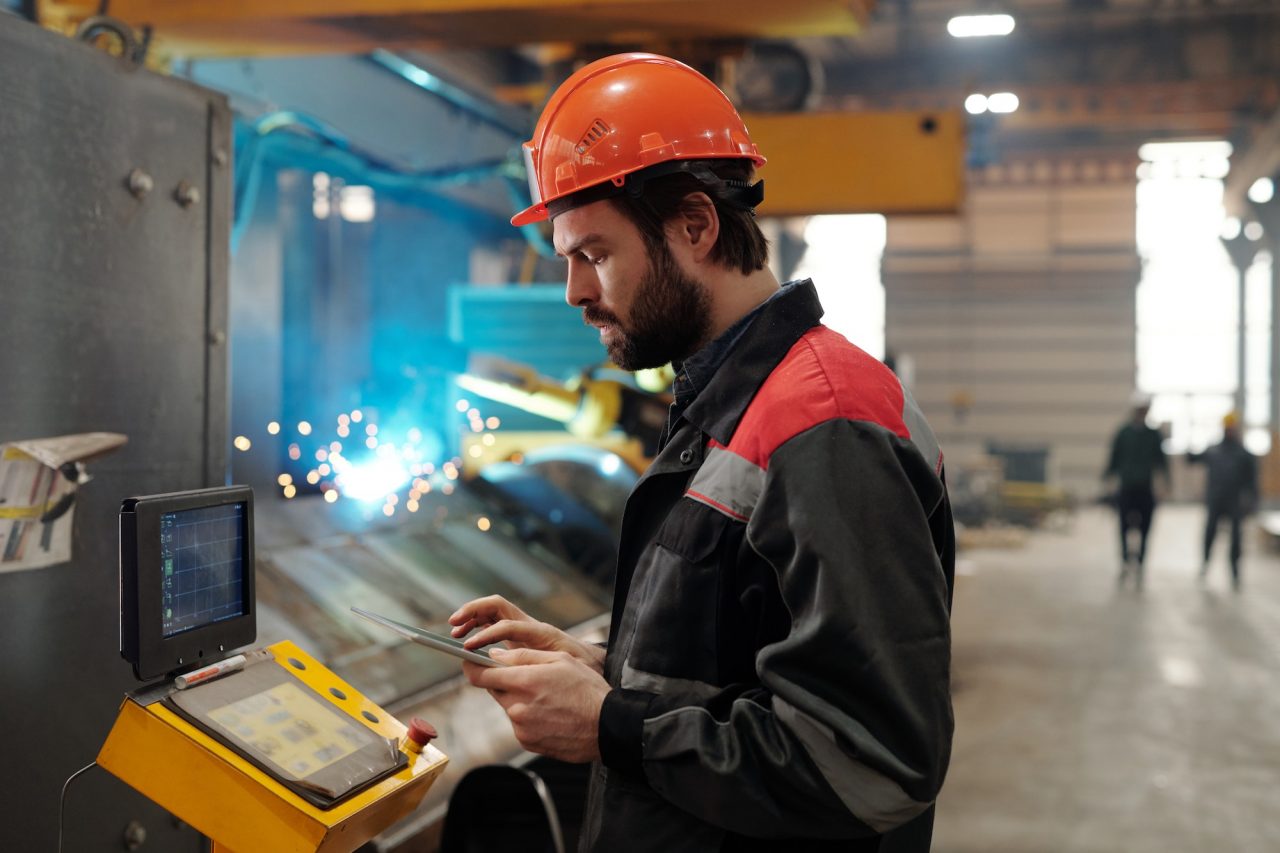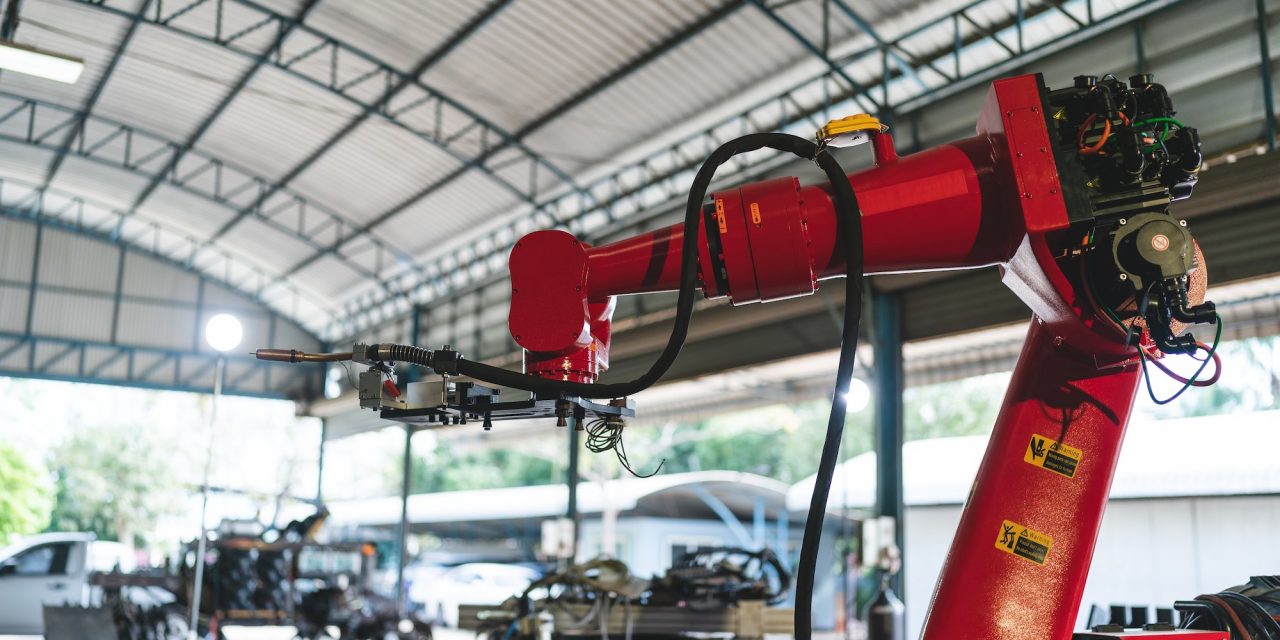- Building AB, No. 7 Shiji 2nd Road, Torch Development Zone, Zhongshan City, Guangdong Province, 528437, China.
- enquiry@apt-mold.com
- +86 18814246095
Rapid prototyping is a group of techniques used to quickly fabricate a physical part at a low cost using three-dimensional computer aided design (CAD) data. It can be used at any stage of the product development cycle for any components or sub-components. The prototype gives the end-users and customers hands-on user experience to get feedback beneficial to design iterations and product development.
Since faster product development and technology innovation are vital to a company’s success, rapid prototyping becomes the most crucial element of new product development.
APT offers a wide range of services for rapid prototyping to help our customers accelerate the design process of the product by providing both low fidelity prototyping and high fidelity prototyping, to foresee the necessary adjustments to be made before the final production line. As a result of this, it also cuts production costs for the overall product development and allows functionality testing at a fraction of the regular cost. It allows users or focus groups to have an involvement in the design process through interactions with each of the prototypes, from the initial prototype to the final model. Furthermore, it is an ideal way to test for ergonomics and anthropometry (human factors) so that the designed product is capable of fulfilling the user’s needs and offers a unique experience of usage.

CNC machining is a subtractive manufacturing process in which blocks and rods of metal and engineering plastics are milled and turned to create highly accurate complex parts. There is a wide variety of materials available to cater for any application.
For parts where its functionality relies on high accuracy and tolerance, CNC machining is still the best prototyping method available.
Vacuum casting or Urethane casting uses silicone molds to make plastic and rubber components under vacuum. They are one of the best processes to rapid prototype injection molding plastic parts. Therefore, they are ideally suited for small to medium pre-production parts that can be used for functional testing.
There are a bunch of polyurethane resins available to mimic rubber, ABS, Acetal, PP and even glass-filled nylon.
Stereolithography (SLA) uses a laser to cure UV-curable resin to build parts from a pool of liquid resins. They are best for lower end functional prototypes and patterns. SLA provides product designers and engineers with the ability to rapid prototype parts with excellent surface finish and good dimensional accuracy.
Selective Laser Sintering (SLS) uses a laser to produce functional parts from polymer powder by sintering. Due to SLS parts’ internal porosity, they are brittle but have excellent tensile strength. Generally, SLS has a larger build volume and can generate parts with highly complex geometry and produce long-lasting prototypes.
Sheet metal fabrication is the process of turning flat sheets of steel, aluminum or others into metal structures or products, by cutting, bending, punching and assembling.
sheet metal prototyping is a good way to develop enclosures, assemblies, brackets, housings, cabinets, weldments.
Injection molding is a manufacturing process that consists of filling a metal mold cavity with liquid plastic resin, which then cools and forms a plastic part.
Compared with other commonly used prototyping techniques, injection tooling can be time-consuming and costly, but due to its excellent precision and repeatability, injection molding machines can produce consistent part quality and dimensional accuracy.
Choosing a suitable rapid prototyping technology is critical to the prototype’s success. Each rapid prototyping technique has its compromise in terms of cost, speed, material compatibility of the feature, fidelity level and development stage.
Prototypes vary in so many ways as each project, product and product design element are different. As the success of any prototype will depend on the selection criteria of prototyping processes, there are 5 key factors (i.e. purpose, quality, quantity, complexity and budget/cost) should be considered at the start of any rapid prototyping process selection.
The prototyping process can be divided into five stages:
1.Concept Model
2.Assembly or Fit Testing
3.Functional Testing
4.Life Testing
5.Regulatory Testing
Depending on your product, you may not need to hit all five stages, or even to hit them in the sequence listed here. However, you should consider the different requirements of each stage that need to be taken into account when selecting a prototype process.
APT specializes in rapid prototyping and as well as manufacturing. We can help you get your concept from inception to market in a fraction of the time. Contact us today to start.
APT’s rapid prototyping services are structured for speed, flexibility, and superior quality no matter the volume of parts. Here’s what sets us apart.
APT assures the quality of your parts with our ISO 9001:2015 and IATF 16949:2016 certified quality management system.
After you upload CAD files and submit project details, we will provide a quote with fast lead time and very competitive price within 24 hours, no MOQ required.
Our very capable engineers will analyze your part geometry to identify any features that may be difficult to machine and help with trouble shooting by providing you with innovative solutions.
Our highly qualified machine shops can make any custom design, simple or complex. We offer rapid machining, small-batch machining, and high-volume production.
We stock more than 150 engineering-grade plastic and metal materials that are suitable for various part applications and industries.
From bead blasting to polishing, anodizing to plating, laser etching to painting, we offer every surface treatment you need to make a great finished part.

Justo ornare ad elementum aenean lorem penatibus amet consectetuer blandit natoque. Vestibulum tellus felis egestas ullamcorper parturient molestie aenean condimentum.

Case1
Lorem ipsum dolor sit amet, consectetur adipiscing elit. Ut elit tellus, luctus nec ullamcorper mattis, pulvinar dapibus leo.

Case2
Lorem ipsum dolor sit amet, consectetur adipiscing elit. Ut elit tellus, luctus nec ullamcorper mattis, pulvinar dapibus leo.

Case3
Lorem ipsum dolor sit amet, consectetur adipiscing elit. Ut elit tellus, luctus nec ullamcorper mattis, pulvinar dapibus leo.